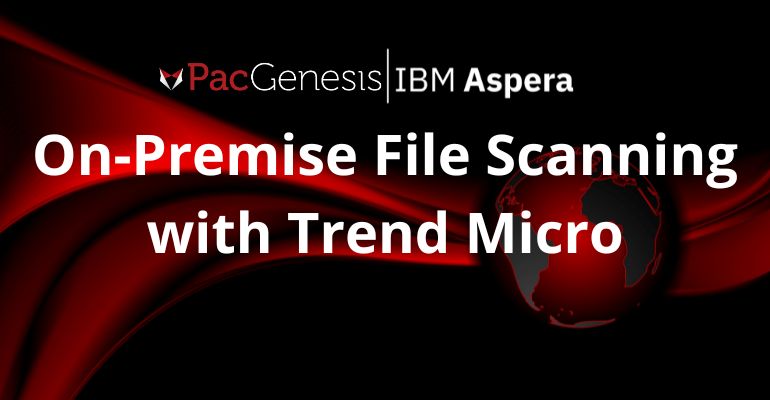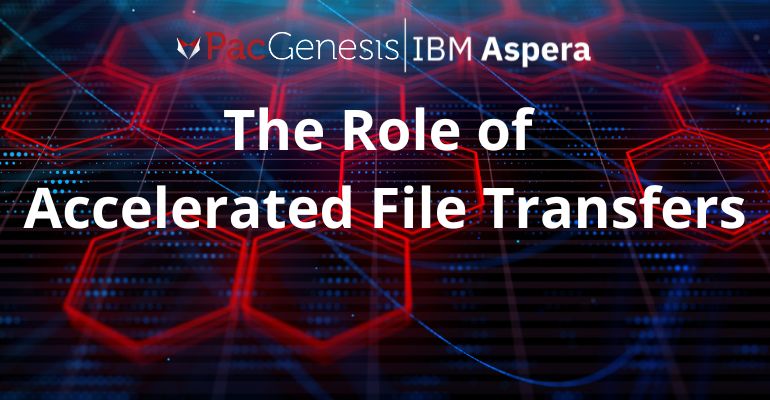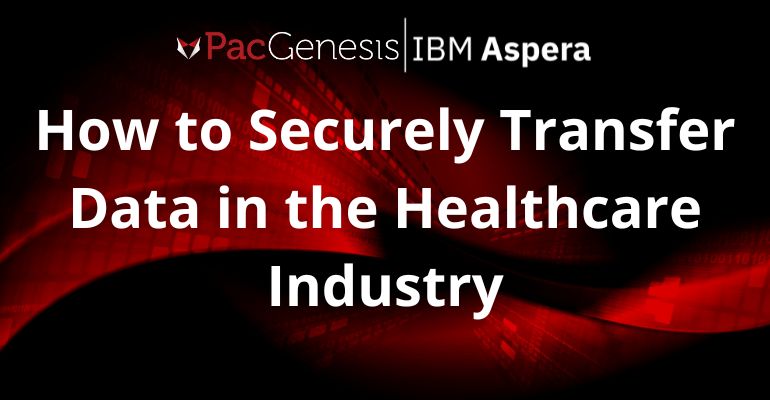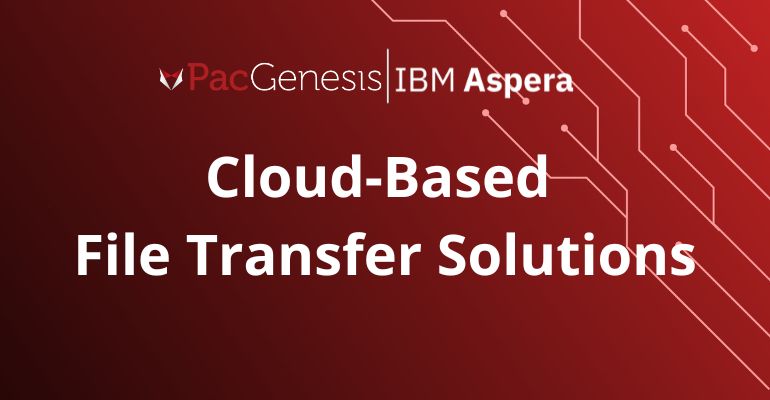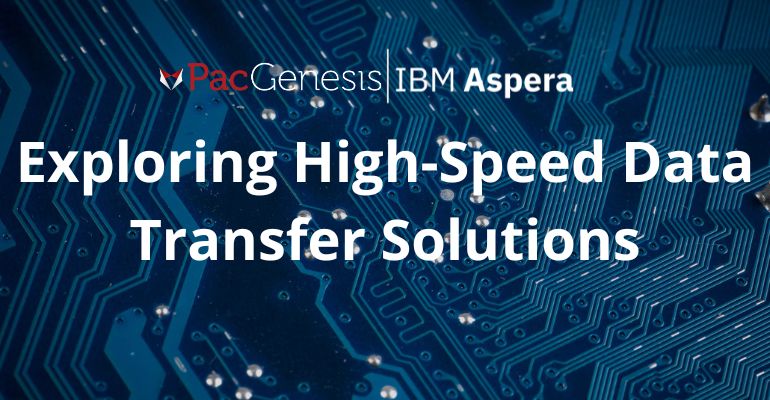On-Premise File Scanning with Trend Micro
Introduction Trend Micro, a global cybersecurity leader, has introduced a new advanced anti-malware and anti-virus scanning option for customers managing their own storage environment. Trend Micro Vision One File Security Storage has been deployed by many PacGenesis customers. This advanced malware detection and protection solution …
Tips and Best Practices for Successful Data Migration
If you’re looking to migrate large sets of data for your business, ensuring a smooth process and maintaining data integrity is critical. Here are some tips and best practices to guide you through a successful data migration project. Preparing Your Data for Migration Before you …
The Role of Accelerated File Transfers
In today’s fast-paced, data-driven world, transferring files quickly and efficiently is more important than ever. From multinational corporations to small startups, businesses rely on the rapid exchange of data to maintain competitiveness, ensure smooth operations, and foster innovation. Business Efficiency and Productivity Slow file transfers …
How to Securely Transfer Data in the Healthcare Industry
As healthcare organizations increasingly rely on digital systems to store and transfer sensitive patient data, ensuring the security of this information has become more critical than ever. Sensitive health information, if leaked, can have severe consequences for individuals, including identity theft and discrimination. Healthcare organizations …
Trend Micro Vision One File Security for Protecting Your Valuable Content
Trend Vision One – File Security is a scanning service for files and cloud storage. This scanning service can detect all types of malicious software (malware) including trojans, ransomware, spyware, and more. Based on fragments of previously seen malware, File Security detects obfuscated or polymorphic …
Cloud-Based File Transfer Solutions
In the digital era, where data reigns supreme, efficient file transfer and storage are essential for businesses and individuals alike. Cloud-based solutions have emerged as the cornerstone of modern data management, offering unparalleled convenience, scalability, and accessibility. Whether you’re a small startup or a multinational …
Exploring High-Speed Data Transfer Solutions
From transferring large files in seconds to enabling seamless connectivity across devices, the efficiency of data transfer solutions significantly impacts various aspects of modern technology. Explore a diverse array of high-speed data transfer solutions to help you understand these solutions’ underlying principles, capabilities, and considerations. …
Protecting Your Personal Files on Dropbox from OpenAI
If you’ve ever used any of Dropbox’s artificial intelligence tools, it may have resulted in some of your documents and files being shared with OpenAI. One of these AI tools is Dropbox’s chatbot, which collaborated with OpeenAI to provide chatbot services like summarizing or answering …
PacGenesis + Trend Micro World Tour
PacGenesis, a Trend Micro award-winning partner, will be assisting and sponsoring the Trend Micro Risk to Resilience World Tour in Los Angeles. The event will allow PacGenesis customers to see the latest in Trend Micro Cybersecurity R&D and Technology progression. We hope you will be …
PacGenesis at NAB 2024
PacGenesis will be at the National Association of Broadcasters (NAB) Show 2024 to showcase the latest digital file transfer and file storage security updates. PacGenesis will be holding meetings in their Private Suite at the Encore Las Vegas with their largest partners demonstrating the latest …
